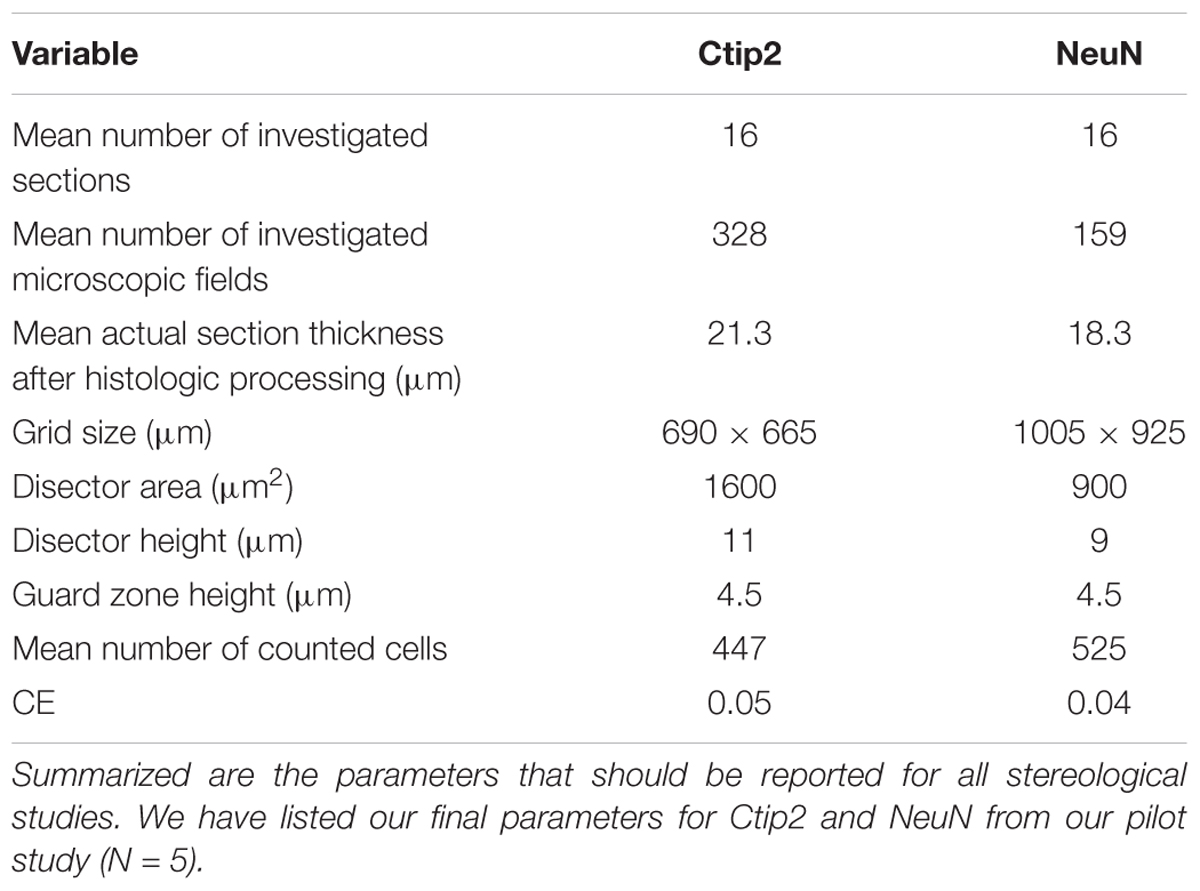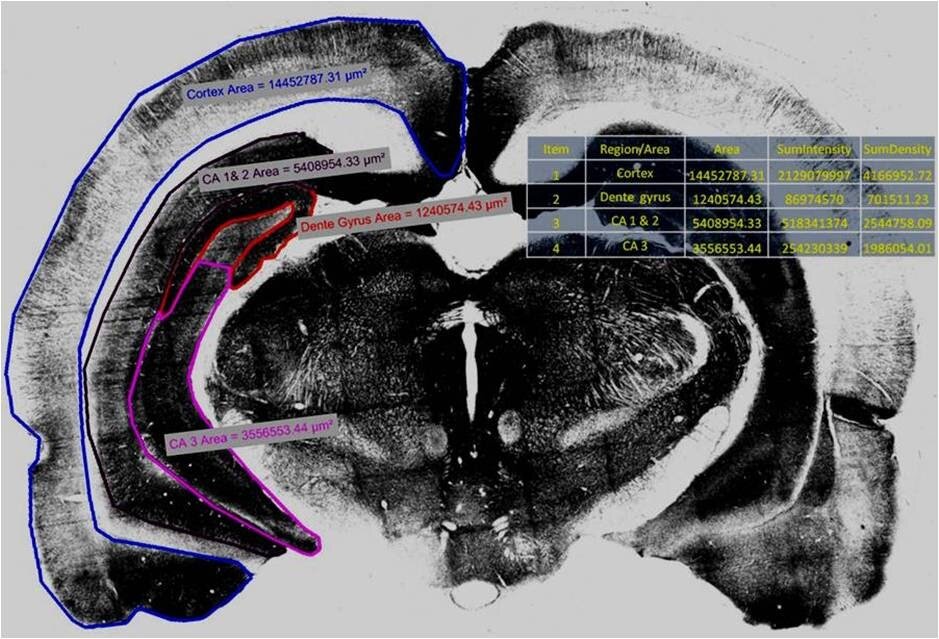

Disectors are characterized by their position in 3D space and are Of the two sections define the volume of a disector probe. The distance between the sections and the area A point is characterized solely by its position and has neither direction nor orientation.Ī line is a one-dimensional probe and is characterized by both its position and its orientation in 3D space.Ī section is a 2D probe (area) that is characterized by its position and its orientation in 3D space.Ī 3D probe can be constructed by using two sections, hence the name disector. ThereĪre four basic types of probes that can be used to sample structural features in sections ( Fig.

A geometrical probe is a geometrical construct characterized by its dimensions. Previous Section Next Section GEOMETRICAL PROBES INTERACT WITH FEATURES TO PRODUCE EVENTSĪt the level of sections, stereology involves sampling structural features of interest with geometrical probes that are sensitive That ensure the isotropic interaction of length and area features and probes must be chosen.
.jpg)
With length and surface features to produce unbiased estimates of length and surface. In that biological structures are seldom if ever isotropic, it is necessary to ensure that the probes interact isotropically Preferred orientations in 3D space, that is, they may not be isotropic (see Box 1). Both length and surface features may have Unbiased estimates of length and surface are orientation sensitive. Sections, one does need to have access to the entire structure of interest at the start of the analysis to collect and prepareĪnother important consideration when sectioning the structure of interest is the orientation of the sections in the tissueīeing analyzed. However, for all parts of a structure to have equal probabilities of being present in the One does not need to collect or prepare all of the sections from a structure to Of the sections from the entire structure. That is, one needs a representative sample Probabilities of being present in the sections that are to be used in the analysis. This means that the structure of interest has to be sectioned in such a manner that all parts of that structure have equal For the estimates of any particular parameter to be meaningful, they have to be representative of the entire structure. The first critical step in the sampling of the structure of interest at the level of individuals is the sectioning of the Previous Section Next Section DO NOT SECTION YOUR MATERIAL YET Such analysis is beyond the scope of this article. To determine how much sampling is necessary for optimal stereological estimates that is, how many animals, how many sections,Īnd how many measures are required to obtain an estimate that has enough precision to realize the goal of a study, but not Probes that are used to make the measurements from which the estimates are derived. There is a hierarchy of levels of sampling that ranges from groups, to individuals, to sections, to the actual stereological Opinion polls, with which one refers to an “estimate” and a “margin of error.” This is completely analogous to the results of public The amount of sampling will decrease the margin of error of an estimate. The margins of error of stereological estimates can be controlled by the amount of sampling that is performed. With statistically defined margins of error-are sufficient to achieve the goals of a study. In the vast majority of cases, estimates-that is, approximations Doing so is both time-consuming and unnecessary. Seldom, if ever, is it necessary to use these methods to make an actual determination of the total amount of any structural Stereology provides meaningful quantitative descriptions of the geometry of 3D structuresįrom measurements that are made on 2D images ( Weibel 1979 Cruz-Orive 1997 DeHoff 2000). This is achieved by using mathematical relationshipĮquations that take into account the pertinent structural parameters that are lost during the generation of sections. However, it is possible to derive meaningful statements regarding the quantities of these structural parameters in three dimensionsīy sampling and measuring structural features present in the sections.


 0 kommentar(er)
0 kommentar(er)
